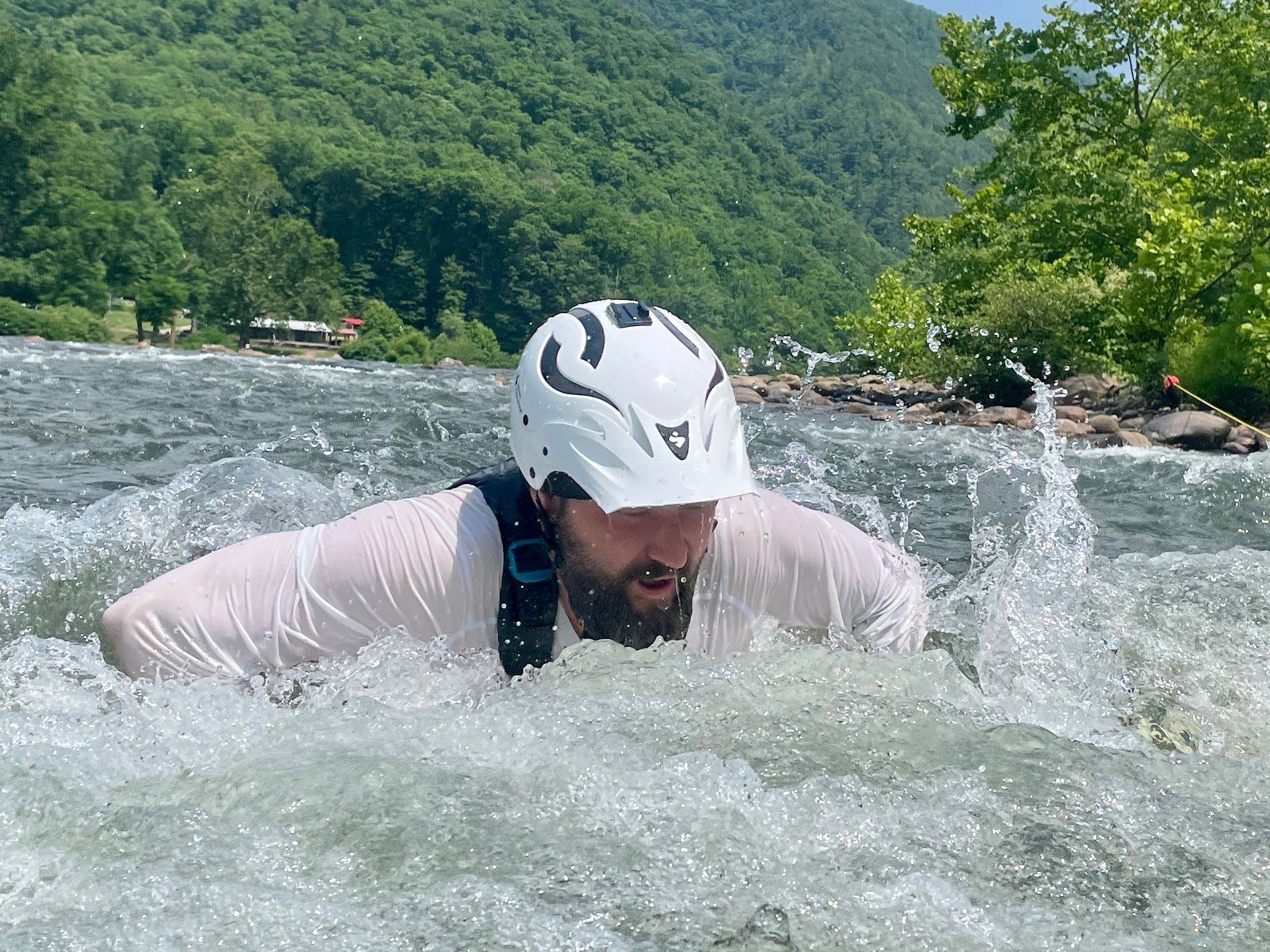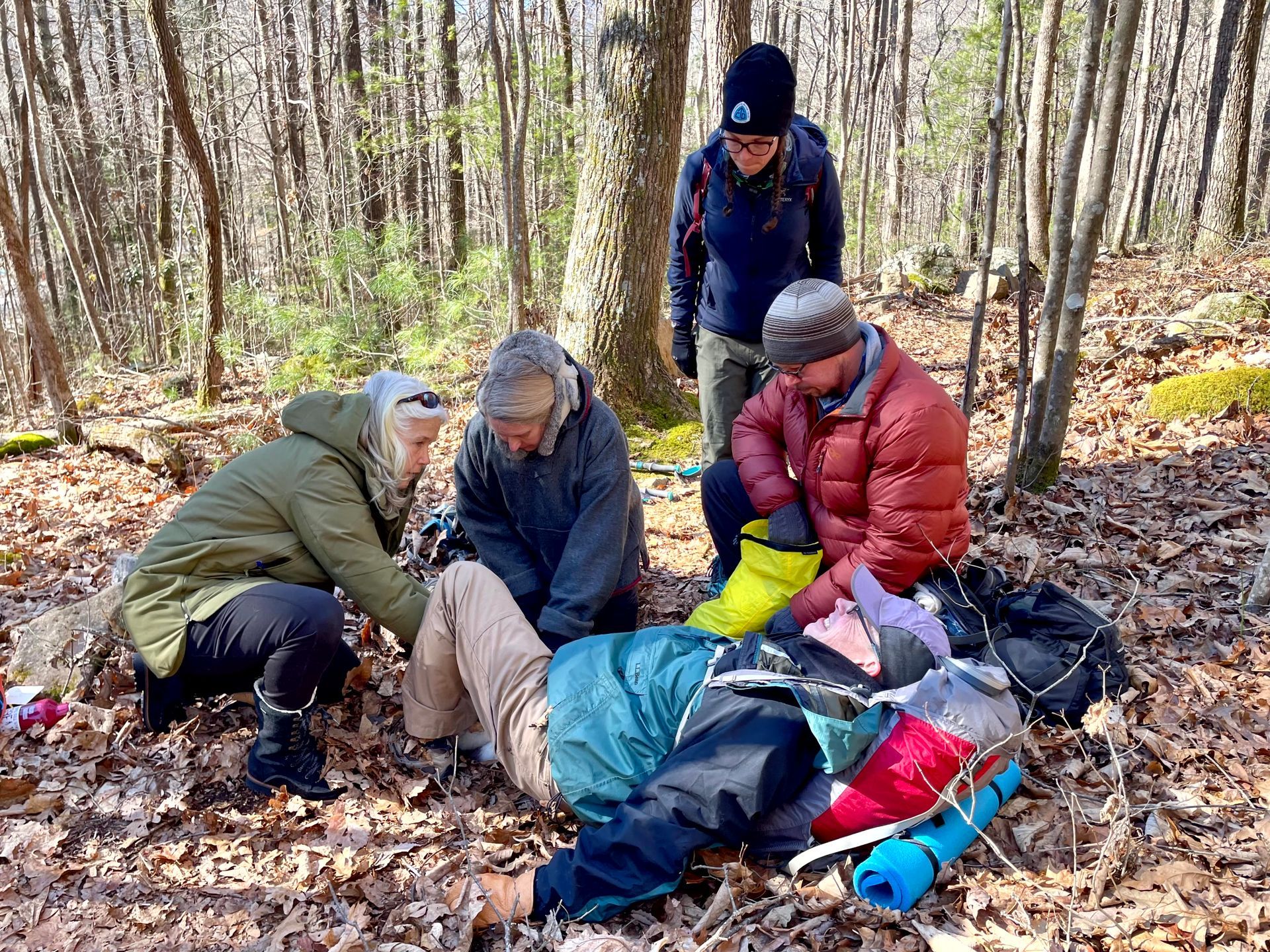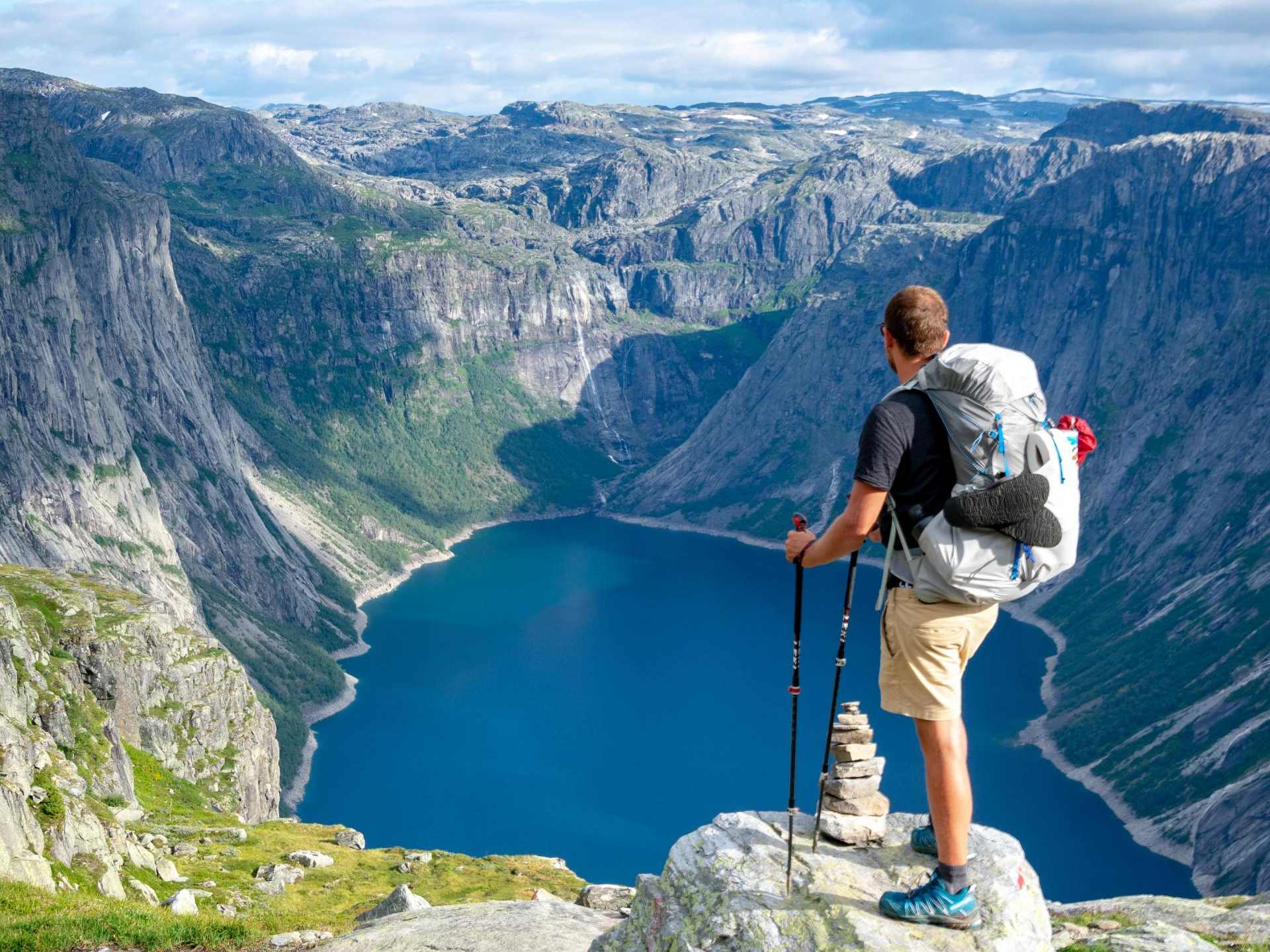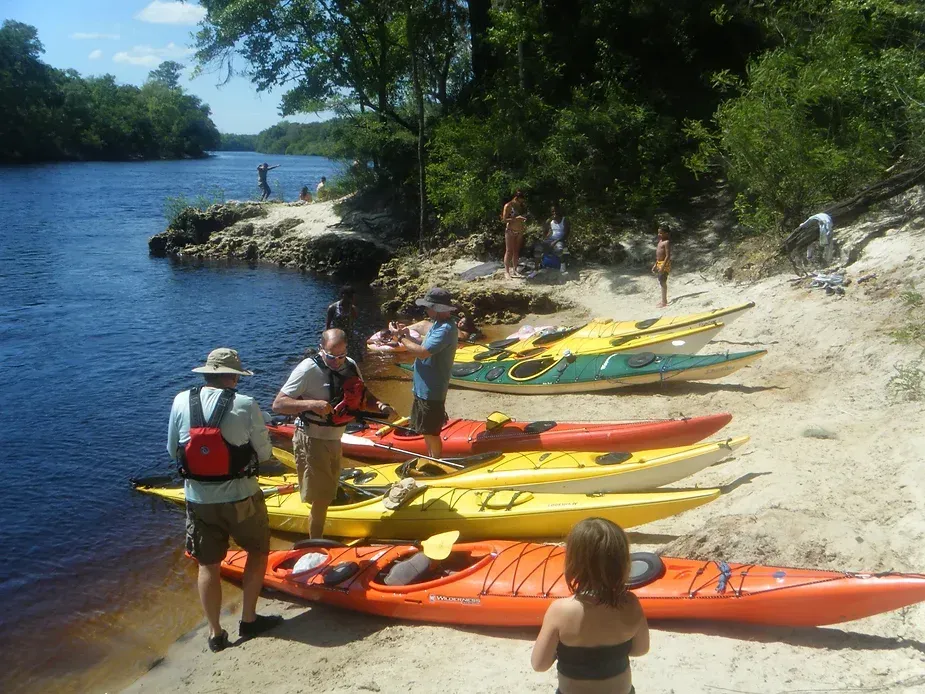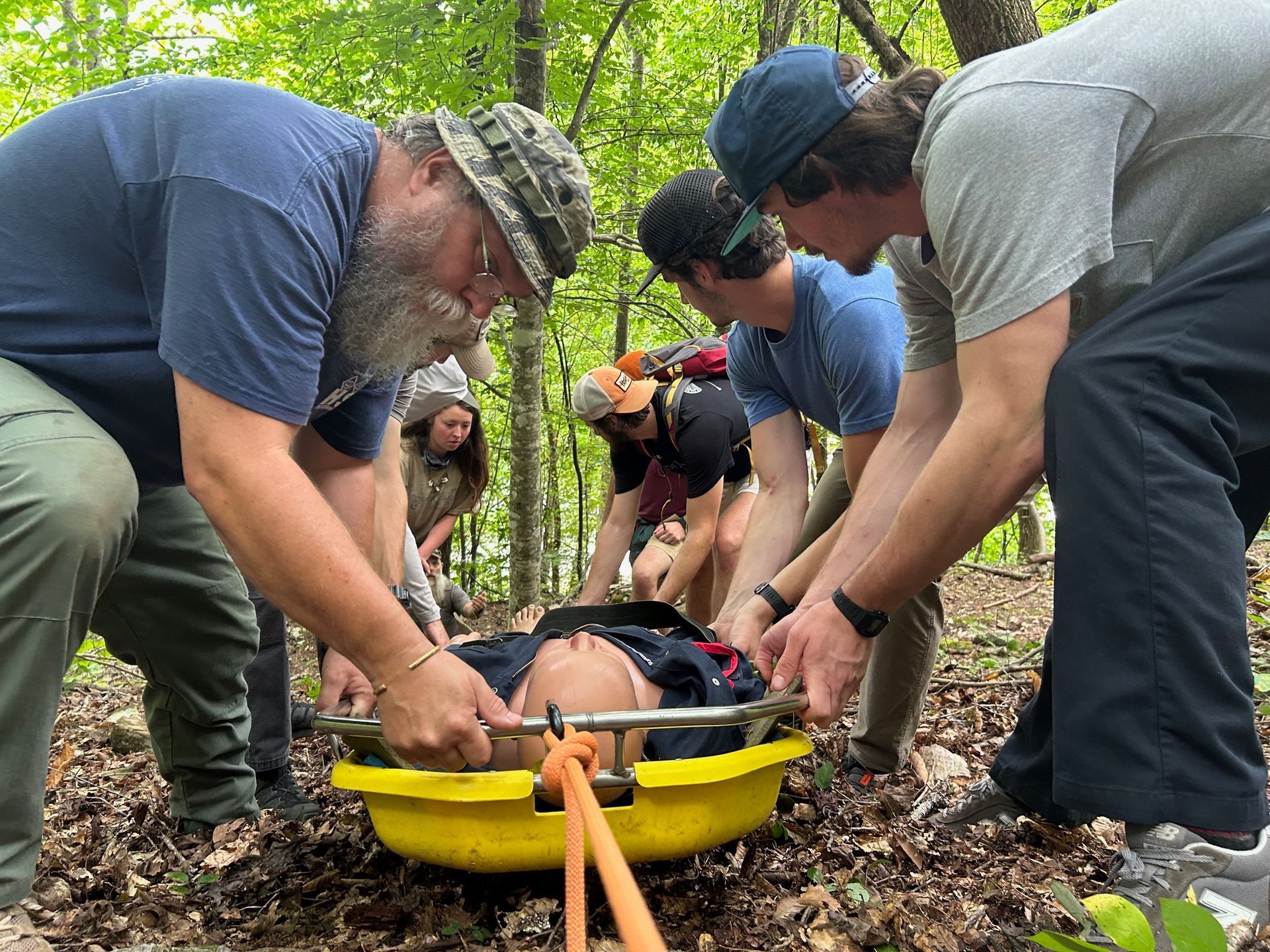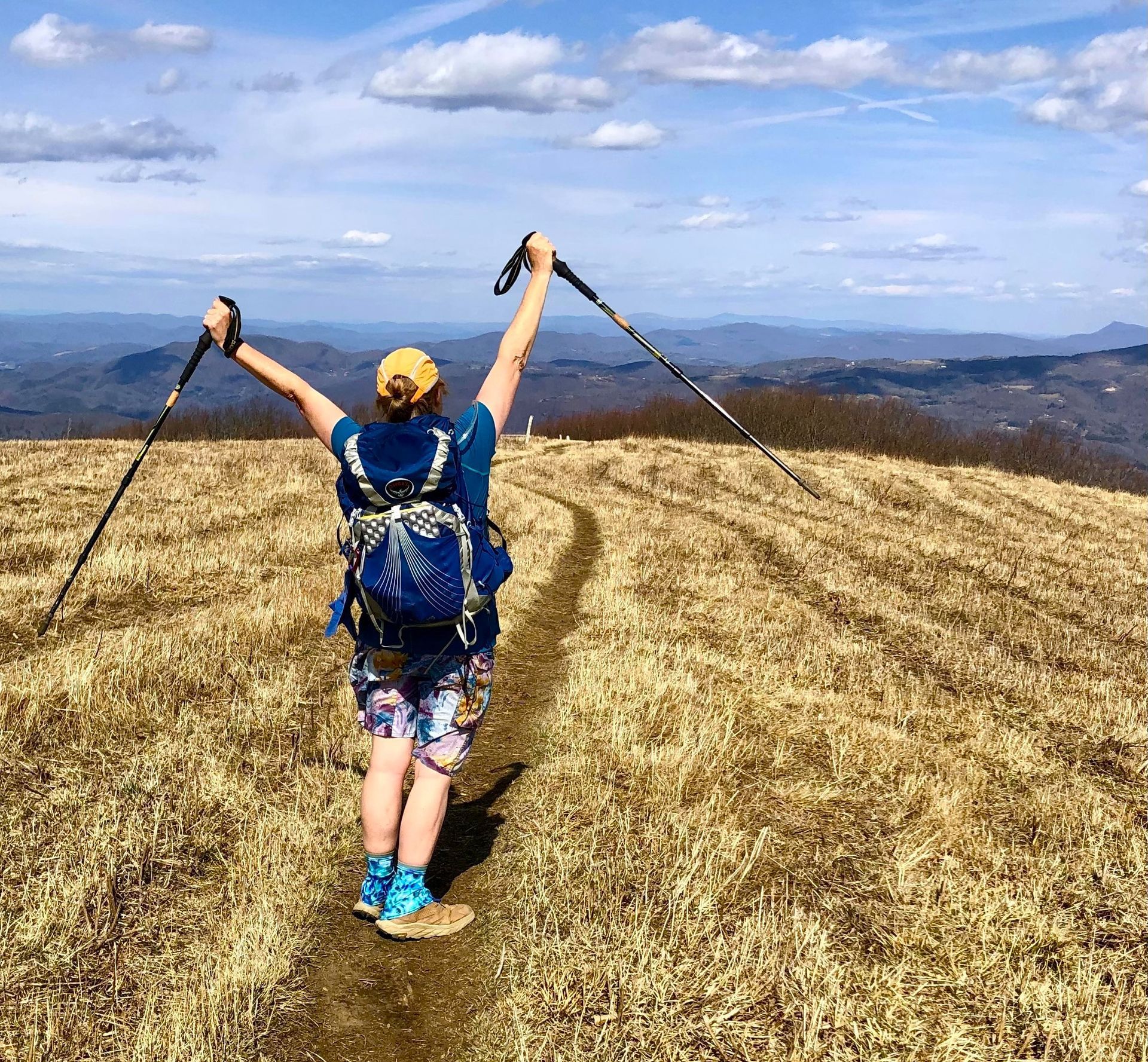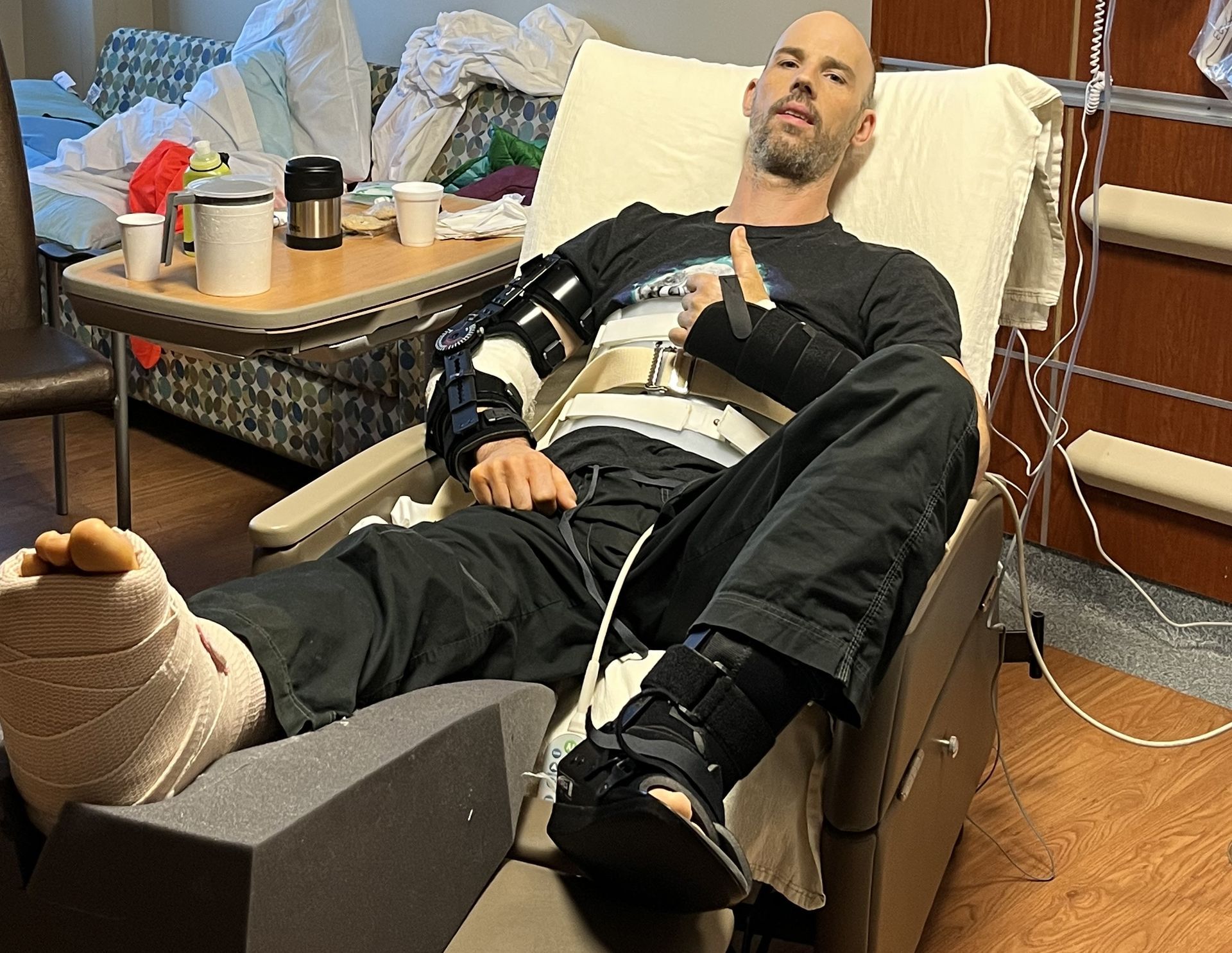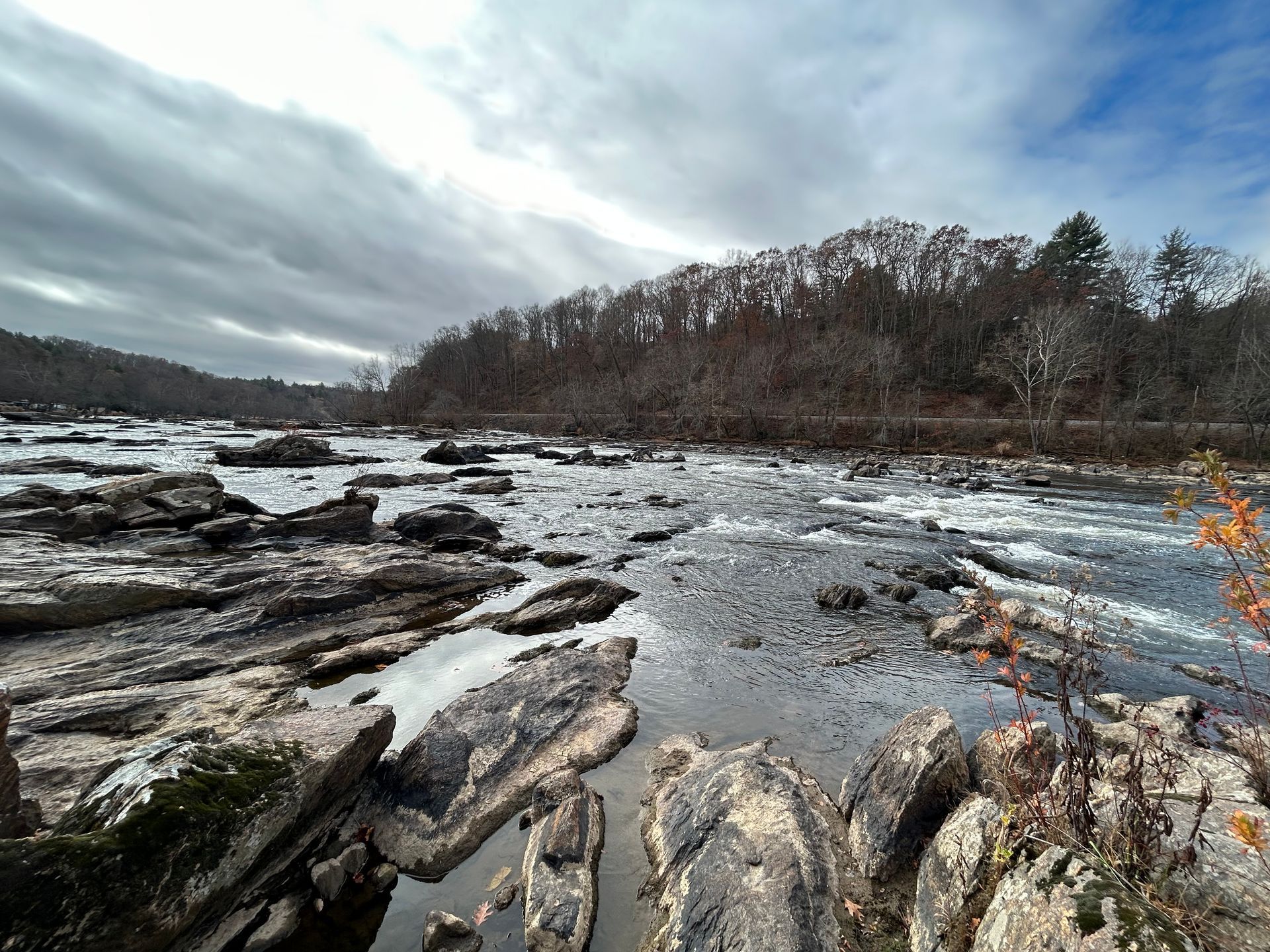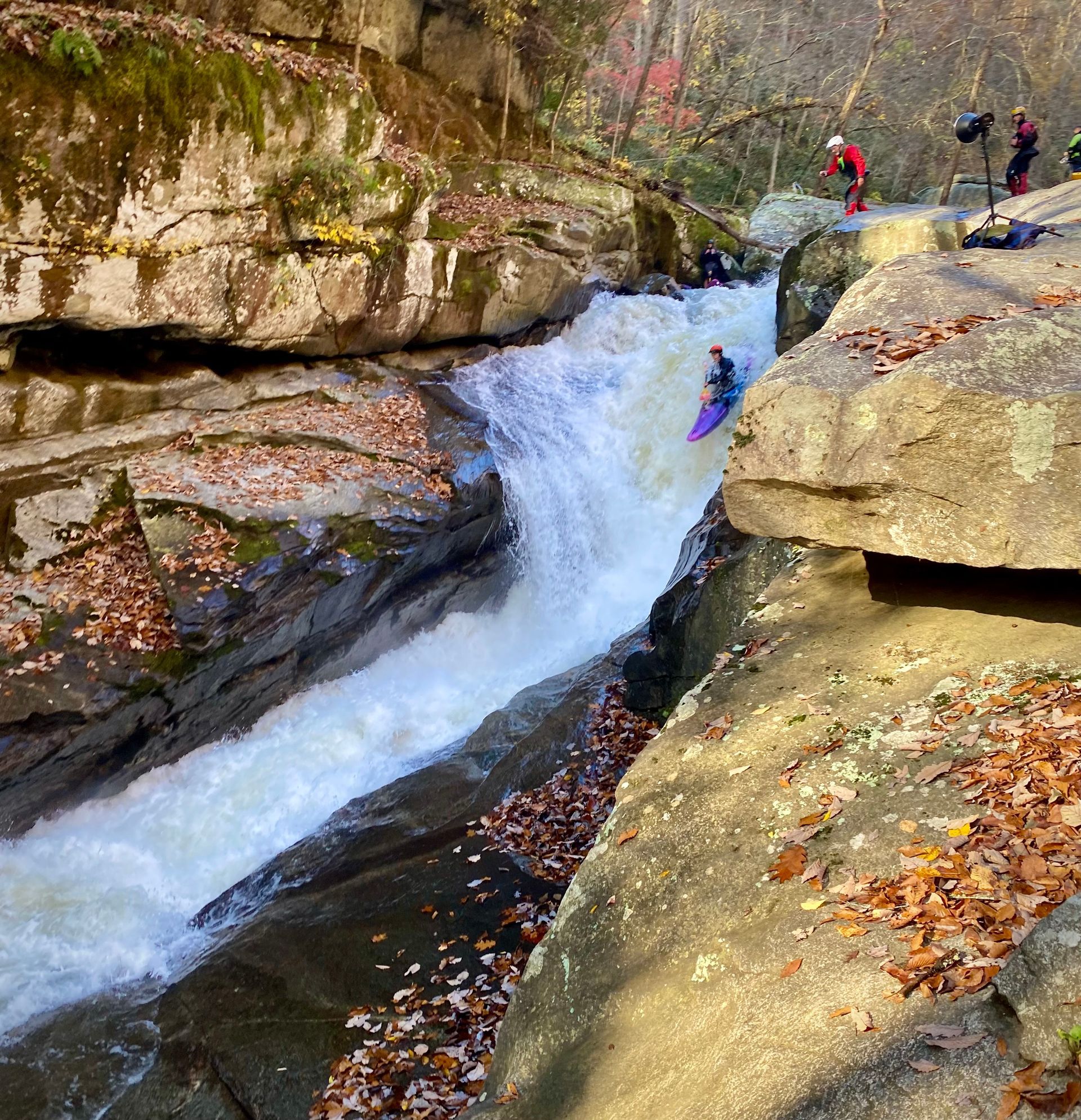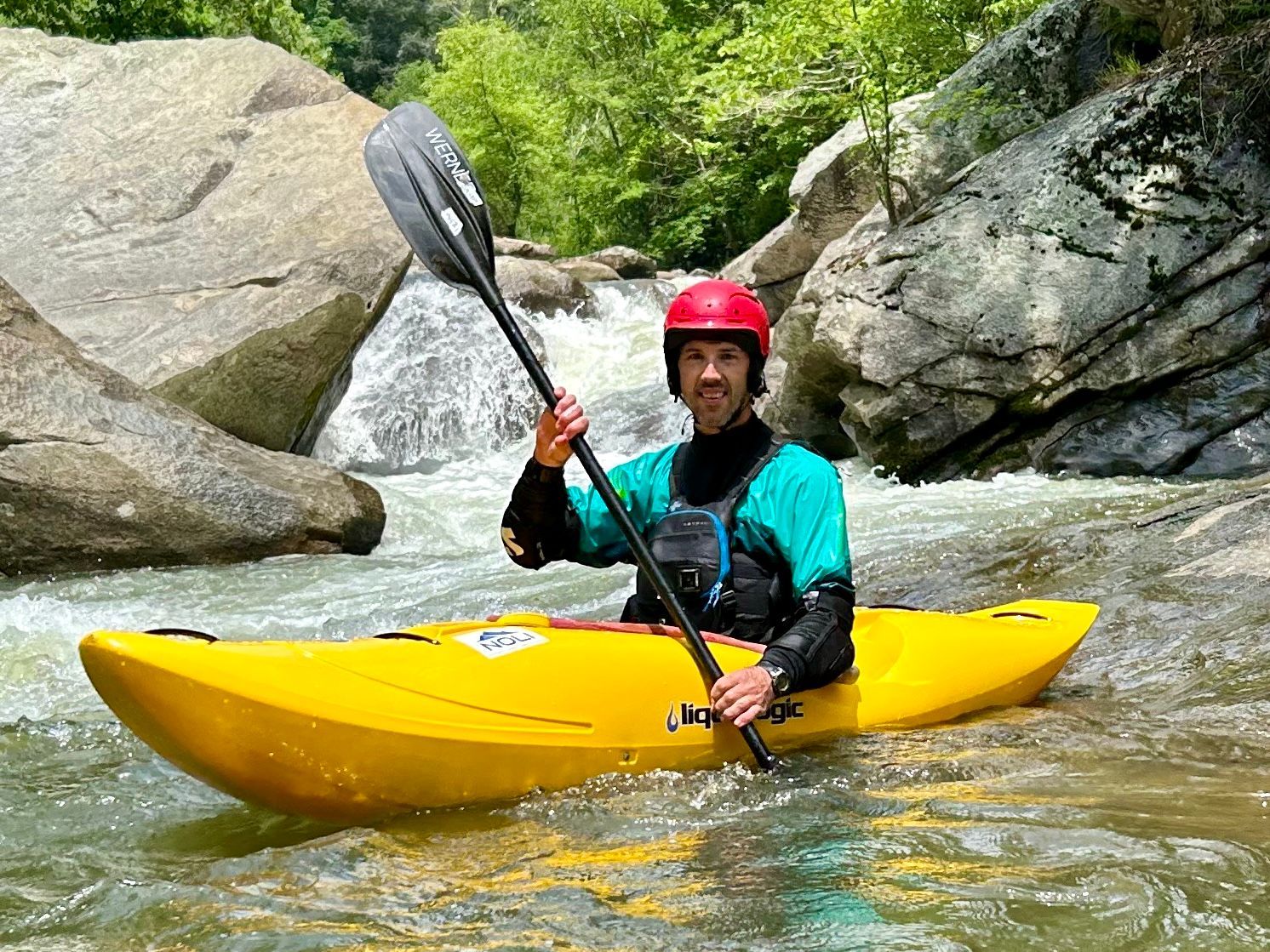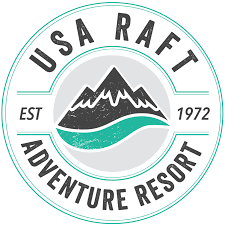Elevate your Perspective: Making the Switch from Tent to Hammock Camping
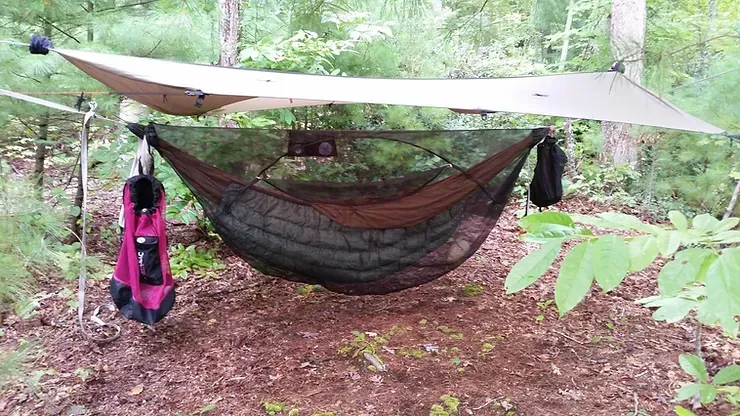
I’ve had many revelations through my journey as a once-upon-a-time tent camper to a current hammock camper. And it has truly been a journey because the learning curve was very different from when I first learned to camp. Here are a few of the main ones.
We were all taught that when pitching a tent your body must either be perfectly level or at least have your head higher than the rest of your body so that all the blood doesn’t rush to your head while you sleep. Well, it’s different in a hammock; you aren’t laying like a banana and your legs and feet are elevated and your torso and head are level. The trick to that is to hang your hammock in a way where you can lay asymmetrically (at an angle) to achieve a flat area for your head and torso with a slight elevation of your legs! And isn’t it good for your legs to be slightly elevated anyway to help drain the lactic acid from being on your feet all day?
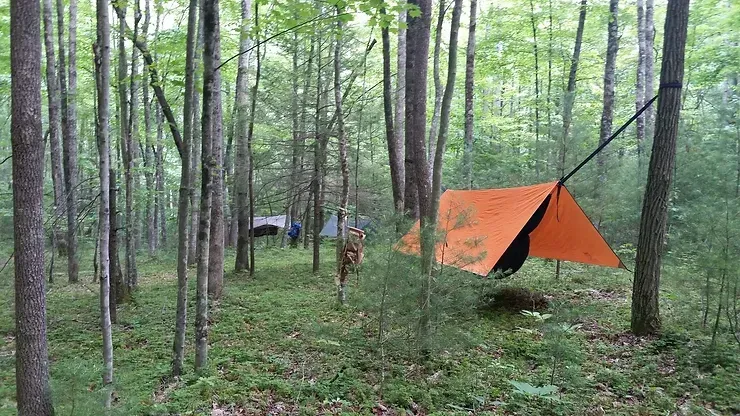
Another revelation I had when I first started sleeping in a hammock was that I didn’t have to get down on my hands and knees anymore to get in my shelter. When getting in a hammock you simply sit down and swing your legs over into it. I like that I can sit in my hammock at chair height and can easily get out of it by simply walking backwards to stand up.
Then there’s that fact that it doesn’t matter how many rocks or pinecones are on the ground or that it’s not exactly level. It's liberating! You can hang right over all of that stuff and not even disturb the forest floor at all. You can also see out 360 degrees in a hammock if you don’t have your tarp pulled down real low. I love watching the fireflies in the summer or a storm roll in after dark.
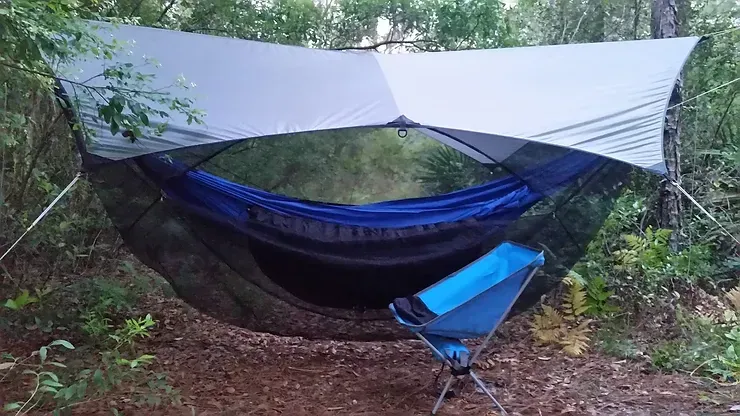
Also, I don’t roll off my sleeping pad anymore as I did in a tent. I use an under quilt attached under the body of the hammock for insulation and it doesn’t create condensation like a pad can. And with my down sleeping bag or top quilt coupled with the down under quit I’m cradled in my hammock which makes it so soft, warm and cozy.
OK, rain is a bummer, but it happens, and it is easier to deal with by hanging the tarp first before hanging the hammock. So, instead of rain getting inside my tent before I can get the rain fly on, I can get my tarp up before even taking my hammock out of the bag and it stays dry. I can even cook with my backpacking stove under my tarp while sitting in my hammock while it’s raining. And one of my favorite habits is to have that first cup of coffee from my hammock in the morning. It takes a nice big tarp of course and learning how to properly pitch one is a science. There are even tarps with doors for total privacy!
Additionally, the fear that goose down sleeping bags being a bad choice in case it gets wet isn’t an issue any longer either. That worry went away because in a hammock I’m at least 3 foot above the ground away from any chance of getting wet when under a tarp. So, embracing downy goodness is not only allowed it’s encouraged for hammock camping because it’s the warmest and lightest choice.
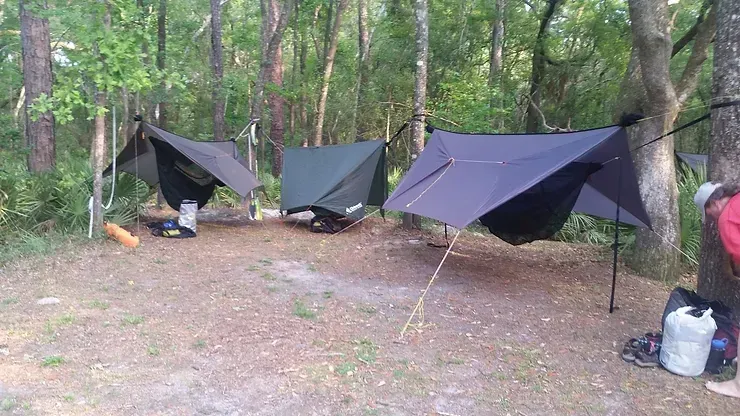
I went on a trip with friends to the Hiawassee in Southeast Tennessee several years ago and a big storm rolled in after we had all gone to sleep. I was the only one in a hammock set up and everyone else was in a tent. It rained so hard I watched rivers of water washing under me. Once I was confident that all my stuff was secure and that I was high and dry I was able to go back to sleep. The next morning, I made my coffee from my hammock and snuggled back down into my sleeping bag for a bit. I watched one of my friends drag her tent over to a water spigot at the bath house to wash the mud splatter from it before she packed it up dripping wet. When I packed up, the only thing that was wet was my tarp that stuffed into a small bag. The next year when we made that trip again that same friend had gotten a hammock rig!!!
Then, how about where to put all your stuff? Starting out in a tent we all got used to throwing in a pad, a sleeping bag, our clothes bag and maybe a bottle of water. No food of course, that goes in a bear bag in a tree or in the car. If you have any wet things, some people string up a clothesline or spread everything out inside their tent. I discovered I can do the same in a hammock. By adding a ridgeline of cord to my hammock it can be used as a clothesline for damp clothes. And my eyeglasses and headlamp can be hung on it right where I can reach it.
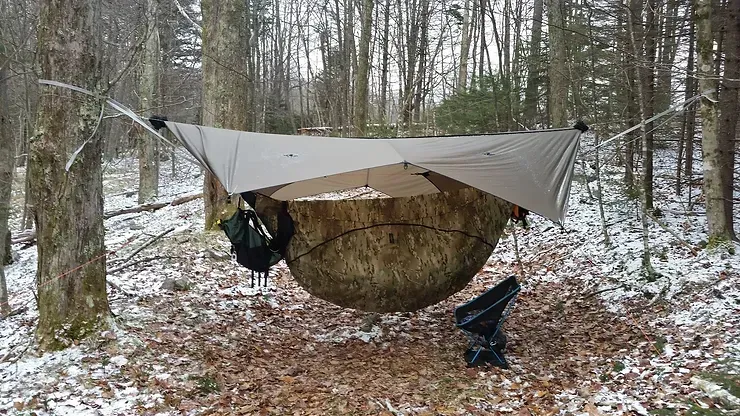
I have a dry place to hang my mostly empty backpack on the end of my hammock too, because nothing should be on the ground for critters to get into. I even tie my shoelaces together and throw my boots over the other end of my hammock. If you have a chair with you, put that under your tarp as well and throw stuff in it like your water bottle and place it where you can reach it while in the hammock. Sure, learning suspension systems for tarps and hammocks has a steeper learning curve and there is a technical aspect to it than simply throwing up a tent. But, in addition to the above benefits, I don’t need to carry poles or ground cloths any longer and everything fits so easily in my backpack.
I first got interested in this from an online forum called hammockforums.net. And I then met some of the first people who developed many of the innovations that have perfected hammock camping by attending the hammock camping gatherings that are called "Hangs”. It was like going to a festival for hammock campers and seeing all the different types of set-ups and different methods of deploying them. It really gave me a good grasp of the concept and helped me figure out angle of the suspension from the trees, how much sag the hammock should have and how high from the ground to hang the hammock. But after seeing many different examples and practicing with my hammock set up to dial everything in, it became quick and simple!
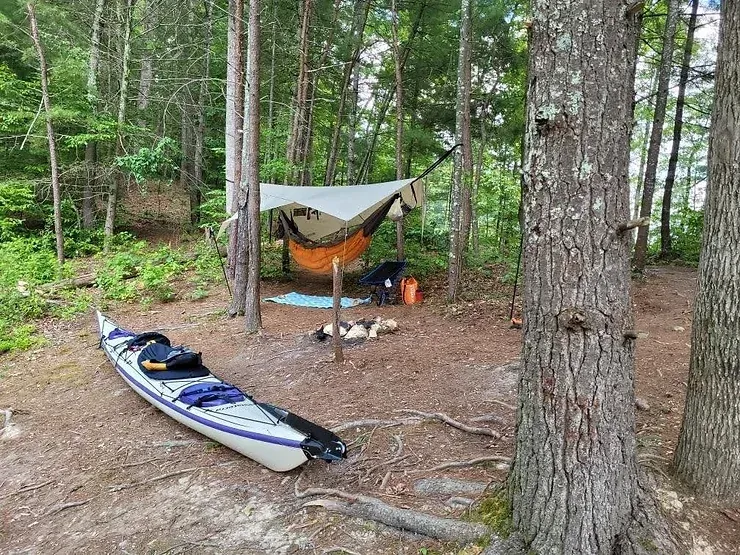
Hammock Forums spun out of the White Blaze Forum for the Appalachian Trail hikers. Most all of the original cottage vendors that make the best gear came out of those innovative years on Hammock Forums and most were AT thru-hikers and many have very successful businesses now. There are Facebook groups now too and many other little groups on other social media platforms.
Back in 2010 when I started making the switch, there was only the forum and going to the hangs was a regular habit that we all participated in, and we learned so much together. I found myself traveling all over the place from north to south and in all seasons. From deep winter hangs at Mount Rogers to southern hangs all over Florida and South Carolina and making friends along the way. I've hung with the Gorge Rats in Linville Gorge in North Carolina with the guys who have mapped all of it and have made it available on their forum. They took me to parts of the gorge that are not even on the USGS maps, and they’re all hammock hangers.
The Forums still exist and it’s free to join but take it from me, it's nothing like just going to the store and buying a mass market hammock like ENO or Grand Trunk. It’s much more than that, it’s a journey that can change how you look at sleeping in the outdoors for the better and there’s a fellowship to help you along your way. I’ve shown many friends the joy of sleeping better in the outdoors that had nearly given up, and they’ve shown me gratitude for getting them back out there.
Happy Hanging!
Debbie Briscoe
AKA
L.D. Cakes
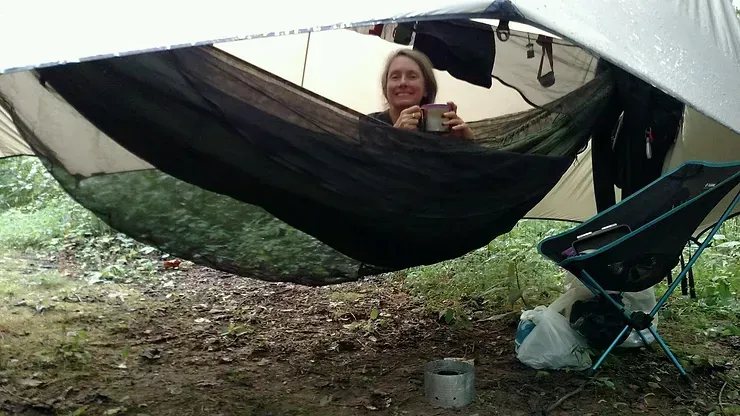
Debbie Briscoe teaches hammock hanging, flatwater kayaking, camp cooking, and water safety and rescue for NOLI.

